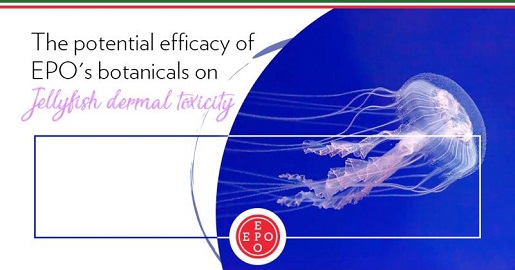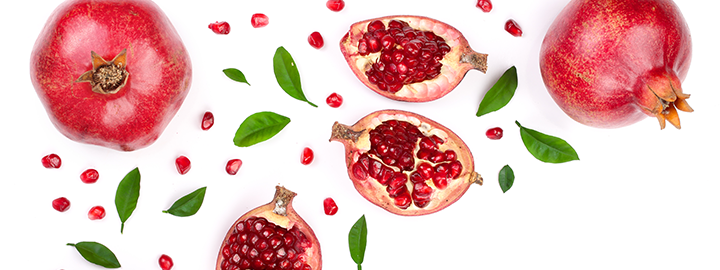MAGAZINE
Notizie, novità ed eventi che riguardano epo
NEWS, STORIES AND EVENTS CONCERNING EPO

05/05/2021 News
ENOTprost: from the raw material to the high-quality extract
What is it? ENOTprost is the new extract of Epilobium angustifolium L. standardized to contain 15% Oenothein B, one of the most active compounds of this plant! The botanical species is certified by the DNA barcoding analysis. Why should I use it? Its effects are prostate-specific: anti-inflammatory and antioxidant! The inflammation and oxidative stress should be fought and […]

04/05/2021 News
The potential efficacy of EPO’s botanical extracts on dermal toxicity due to jellyfish envenomation
Click here to download this paper (WILDERNESS & ENVIRONMENTAL MEDICINE 2020; 31(3): 266e72)

28/04/2021
A new Sicilian pomegranate extract!
An incredible antioxidant and weight loss aid! Click here to download the scientific article to learn more about its beneficial effects

01/04/2021 News
OMEOLIPID -for lipid metabolism
Omeolipid is an association of Artichoke (Cynara scolymus L.), Caihua (Cyclanthera pedata (L.) Schrad.) and Fenu greek (Trigonella foenum-graecum L.) that can be used in food supplements. Omeolipid combines the traditions of three different countries: Artichoke is a Mediterranean plant; its cultivation in Europe dates back to ancient Greece and Rome. Its active substances […]

05/01/2021 News
Are you sure that you are using the right Cinnamon?
CINNAMON IS NOT ONLY A SPICE! Cinnamon is one of the oldest known herbs: obtained from an exotic tree, indigenous to Sri Lanka and Southwest India, it is mentioned in the Bible as well as in Sanskrit, Egyptian, Greek and Roman texts. Its inner bark, after drying and curling into rolls known as “sticks” or […]

05/05/2020 News
Botanicals with adaptogenic effects
Adaptogenic effects of herbal extracts The term ‘adaptogen’ refers to natural compounds or plant extracts that increase adaptability and survival of organisms to stress. They exhibit anti-fatigue effects during stress and show promising potential against age-related conditions. Adaptogens stimulate cellular and organism defense systems by means: – activating intracellular and extracellular signaling pathways and expression […]

05/04/2020 News
COVID 19: WHAT ABOUT PHYTOTHERAPY?
COVID 19: WHAT ABOUT PHYTOTHERAPY? The Covid-19 world emergency is leading to an increase of the botanicals’ demand. However, at present, there are no scientific evidences proving the direct activity of botanicals, vitamins and, in general, of food supplements, against coronavirus SARS-CoV-2 infection. Therefore, it is strictly necessary to give proper information when advising products […]

05/02/2020 News
THYMOX – The EPO thyme extract
Thyme (Thymus vulgaris L.) is a well-known Mediterranean plant, belonging to the Lamiaceae family. The thyme extract is traditionally used as natural remedy for cough and for many other purposes, as digestive, spasmolytic, carminative and anti-oxidant. The actives are mainly concentrated in the aerial parts, collected at the blooming time. Thyme contains essential oils (as […]

05/12/2019 News
True science behind EPO extracts
This work was presented at ‘Pharmacology 2019 Congress’ in Edinburgh Download here the ‘book of abstract’

05/12/2019 News
High Quality Goji Berry dry extract
High Quality Goji Berry dry extract To wish you well-being and longevity using EPO’s botanicals! Botanical information: Goji berries (Lycium barbarum L.) belong to the Solanaceae family that yields numerous foods, including potatoes, tomatoes and eggplants. Goji is usually found in Asia, particularly in Northwestern China. The plant is known as kuko in Japan and […]